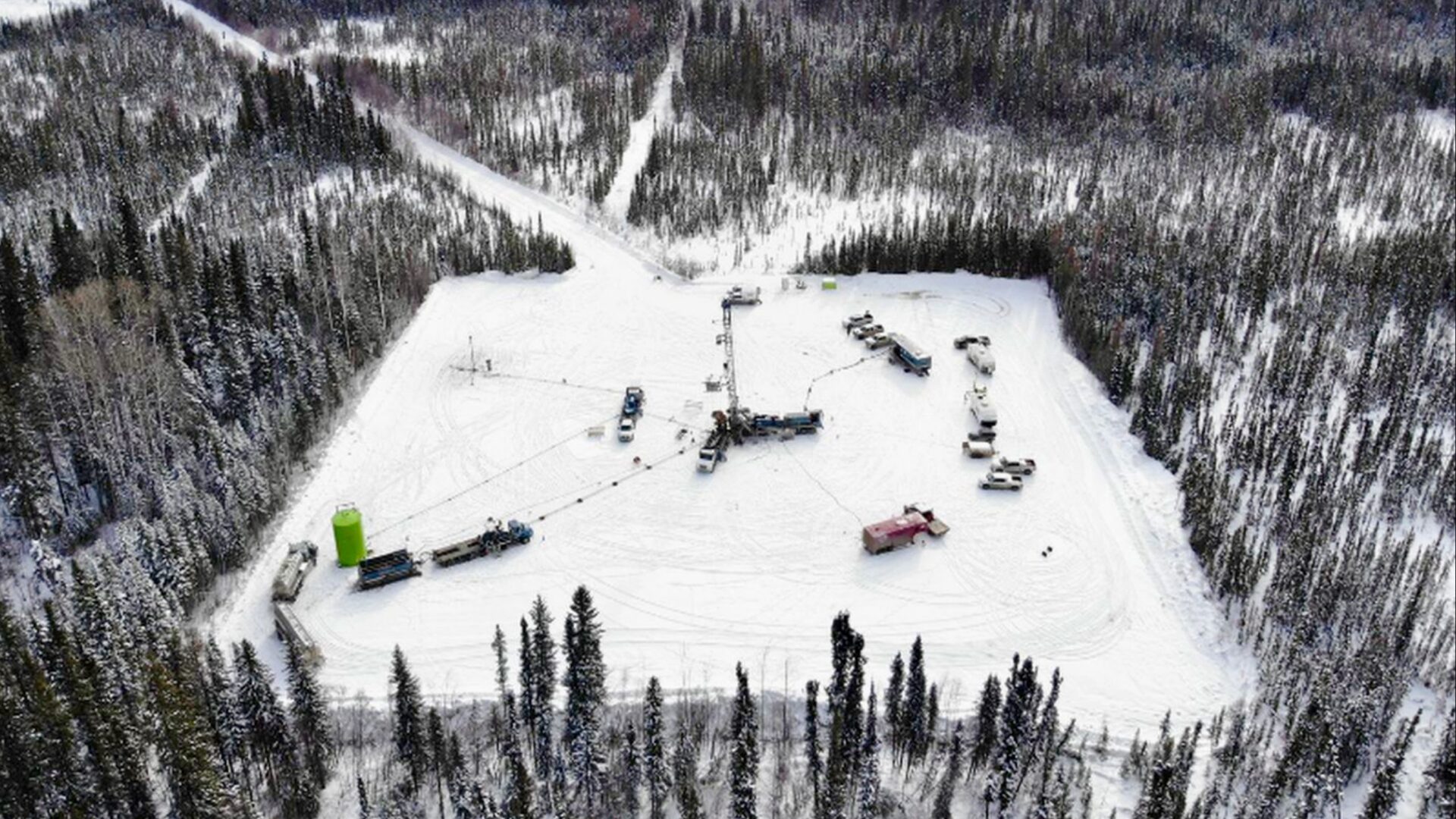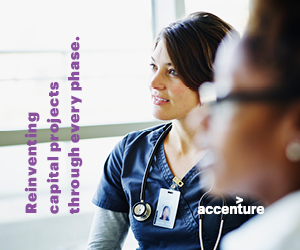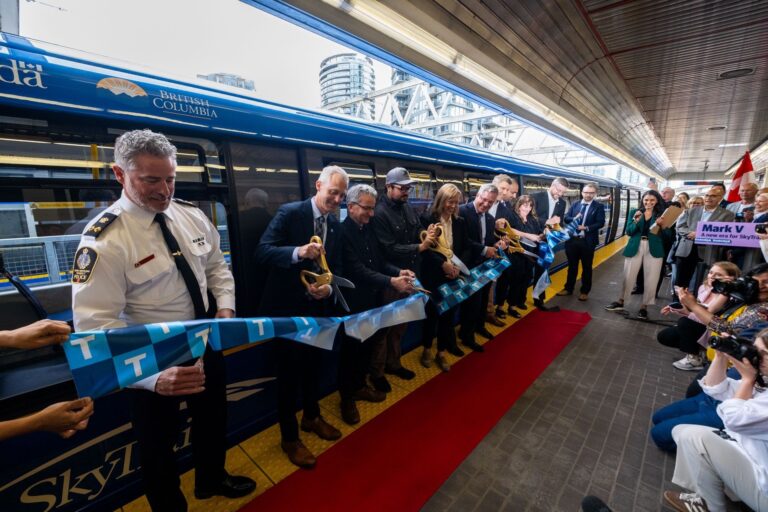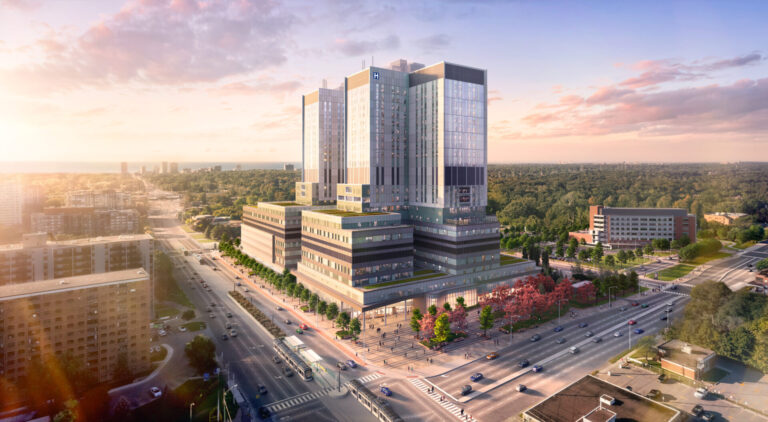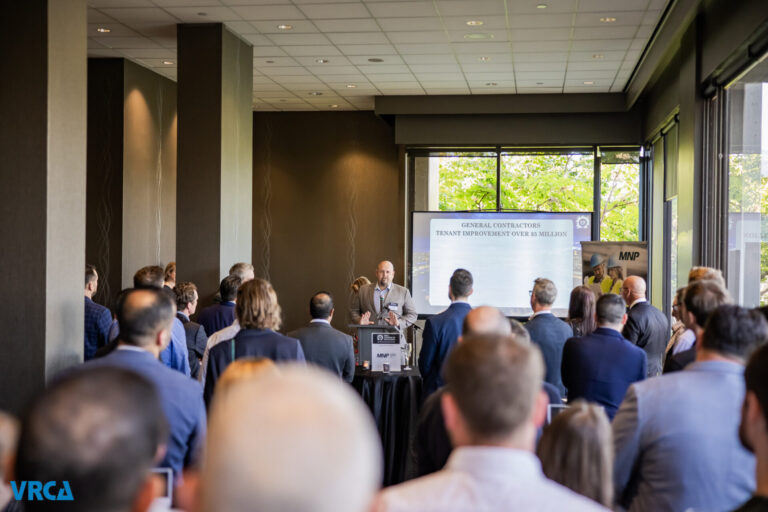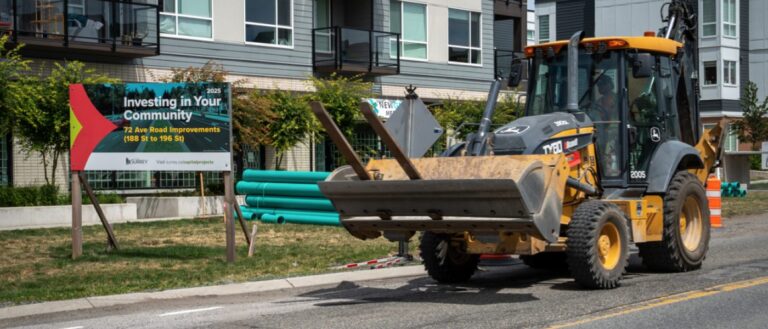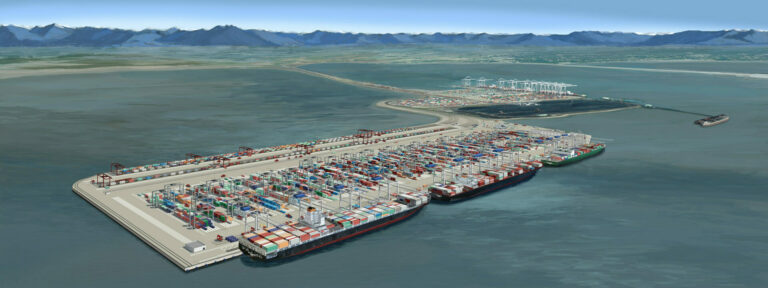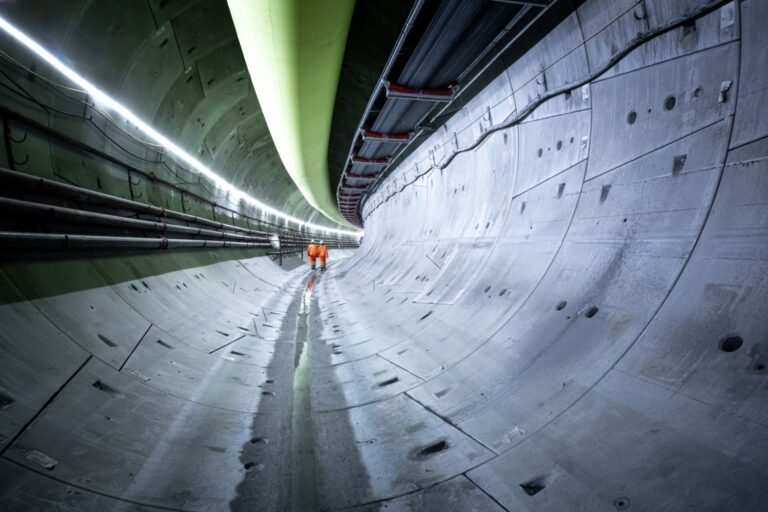The Government of Canada announced the launch of the $5-billion Indigenous Loan Guarantee Program, in addition to announcing an additional $6.2-million investment in seven Indigenous-led energy and forestry projects in British Columbia through the Indigenous Natural Resource Partnerships (INRP) program.
The Canada Indigenous Loan Guarantee Corporation was launched in December and is open for business, supporting Indigenous groups in benefiting from the economic opportunities of natural resource development. It will provide up to $5 billion in Indigenous loan guarantees to help unlock access to the capital needed for Indigenous groups to pursue ownership in natural resource and energy projects.
“Today, as we celebrate the launch of the Indigenous Loan Guarantee Program, I want to thank the many Indigenous groups, businesses and organizations that have advocated for this over many years. It is thanks to their advocacy that Indigenous communities will have greater opportunities to build and share in the economic benefits of natural resource and energy development in their own ways and on their own terms. This will create jobs, drive economic growth and wealth, and have lasting impacts for the generations to come,” said Jonathan Wilkinson, Minister of Energy and Natural Resources.
Loan guarantees work by providing a guarantee that the debt will be repaid by the guarantor (the federal government) should the borrower be unable to repay, which lowers the interest rate on the loan. Loan guarantees will help enable Indigenous communities and businesses to access private financing and to become meaningful equity partners and owners of natural resource and energy projects.
“INRP funding has increased the fluency of our members in climate change causes, impacts and mitigation and adaptation strategies. As a result, FNCI is advancing Indigenous natural resource development opportunities and building the decarbonized economy of the future. This includes enabling the pursuit of equity ownership in renewable energy infrastructure in northwest B.C.; the development of hydrogen and solid carbon manufacturing in the Port of Prince Rupert; and shaping the viability of Indigenous nature-based solutions projects from the Montney Play to the northwest coast. FNCI’s partnership with Columbia University is an applied research project intended to activate specific decarbonization opportunities in Asian markets that result in measurable and transparent emission reduction benefits and agreements,” said Chief Crystal Smith, First Nations Climate Initiative, Nisga’a, Haisla, Metlakatla, Halfway River First Nations.
The INRP program is helping Indigenous communities across Canada to secure economic opportunities from projects and become equal partners in the resource economy. With the investments made today, for example, Fort Nelson First Nation in Northern B.C., is developing the Tu Deh-Kah (TDK) project, a 100-percent Indigenous-owned project that will be the first geothermal facility in the province and among the first in Canada. It will power 10,000 homes and create economic opportunity for the community.
“The TDK Geothermal Energy Project is a vital step toward energy security and reliability in northeastern BC. Showcasing Indigenous leadership in Canada’s geothermal industry, the project is 100-percent owned through Fort Nelson First Nation’s economic development arm, Deh Tai LP. We are progressing in project design, permitting, consultation and BC Hydro negotiations. We are proud to lead the way in advancing sustainable, renewable energy solutions for our people and the broader economy,” said Jim Hodgson, CEO, Deh Tai Limited.
“For generations, Indigenous people have understood how to care for these landscapes, but that knowledge was pushed aside. Now, as we face growing wildfire risks, we’re seeing a shift back to the practices that have always worked. This funding allows WLFN to lead the way — training our people, reducing fuel loads and restoring balance to the land. It’s a step forward, and there’s still more work to do to have a resilient land base,” said John Walker, Stewardship Forester, Williams Lake First Nation.
Featured image: A Tu Deh-Kah geothermal well in winter in Fort Nelson. (Tu Deh-Kah Geothermal)

